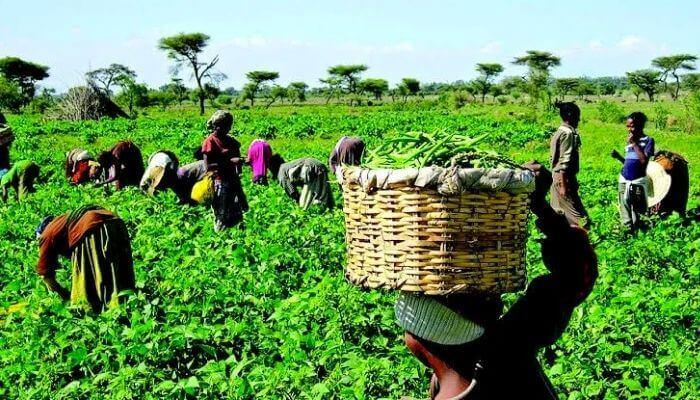Nigeria’s economic challenges are well known for sluggish growth, rising unemployment, and deepening poverty. Yet, one of the most powerful levers for inclusive development remains underutilised: the productivity of rural women. Empowering this vast, resilient segment of the population could transform not just the agricultural sector, but the entire structure of Nigeria’s economy.
Rural women are the invisible backbone of Nigeria’s informal and agricultural economy. They plant, harvest, process, and trade food, often with little or no institutional support. According to the National Bureau of Statistics, women make up nearly 70 per cent of Nigeria’s agricultural labour force, yet they account for less than 20 per cent of the sector’s output. The reason is simple, systemic neglect. These women lack access to land, credit, modern farming tools, training, and markets. In essence, they are expected to drive the economy while walking barefoot through a field of obstacles.
If the federal government is serious about diversifying the economy beyond oil, it must begin by treating women, particularly rural women, as central actors in national economic planning, not as peripheral beneficiaries of social programmes. Empowering them is not charity; it is sound economics. Studies by the World Bank and UN Women consistently show that closing the gender productivity gap in agriculture could raise total agricultural output by as much as 30 per cent, reducing hunger and adding billions to national GDP.
The government’s existing initiatives, such as the National Gender Policy and Women Economic Empowerment programmes, are commendable in principle but weak in execution. Many of these programmes are urban-focused, politically diluted, or short-lived. What Nigeria needs is a coordinated, multi-level approach that links rural women to value chains, financial inclusion schemes, and technology adoption.
First, access to credit must be simplified. The Central Bank of Nigeria’s development finance institutions and commercial banks should create gender-responsive microcredit windows with flexible collateral requirements. Second, agricultural extension services should be redesigned to reach women in villages, in local languages, and through cooperatives and digital tools. Third, land reform must recognise women’s rights to ownership and inheritance, which would not only empower them but also improve their access to credit and long-term investment.
Beyond agriculture, rural women play key roles in cottage industries, food processing, textiles, and micro-retail. These sectors are critical for job creation and local economic stability. Supporting them through rural enterprise hubs, training centers, and market access initiatives would generate value far beyond individual livelihoods.
Empowering rural women is not only an economic necessity but a matter of social justice. When women earn more, families eat better, children stay in school, and communities become healthier. Each naira invested in rural women yields multiple dividends, economic, social, and developmental.
For too long, Nigeria’s economic policies have been written from the top down, overlooking the grassroots where resilience and productivity quietly reside. It is time for the government to flip that script. If Nigeria truly seeks inclusive growth and sustainable development, empowering rural women must move from the margins of policy rhetoric to the center of economic reform.
Rural women are not the weak link in Nigeria’s economy; they are its strongest untapped engine. What they need is not sympathy, but strategy, one that recognises that national growth begins where the soil is tilled, the markets are local, and the women are ready.





